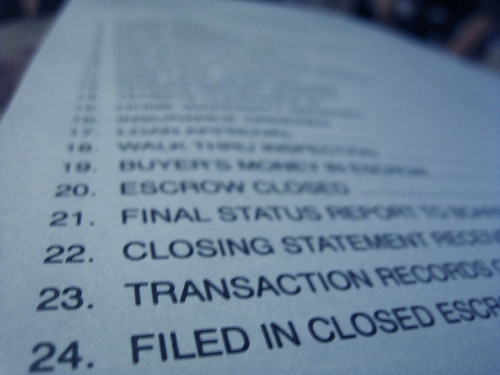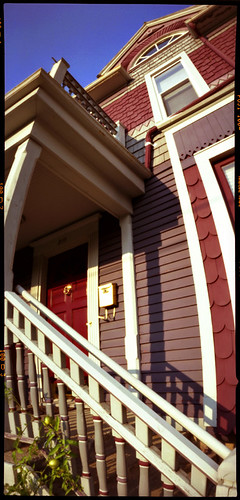 |
| Termite damage |
Termites, which are found in every state except Alaska, live in colonies that eat continuously. These wood-destroying pests eat homes from the inside out, making their presence difficult to detect.
Termites annually cause more than $5 billion in damage, and the destruction termites cause is not normally covered by homeowners insurance, leaving owners to pay an average of $3,000 in out-of-pocket costs for repairs, according to Terminix.
"In most cases, it's easy to tell when a house is in need of repair. Either the paint is chipping or the roof is leaking. But that's not usually the case with termite activity," says Paul Curtis, a Terminix entomologist. "Because termites are often active in the least visible areas of a home, it can be difficult for the homeowner to tell whether they have a termite problem or not."
Usually, homeowners will only be able to tell they have a termite infestation during swarm season. That's when winged, reproductive termites leave their colonies and establish new ones.
A swarm can be identified by the large number of flying termites and by the discarded wings they often leave near doors and windows.
"Termites do not discriminate. They eat wooden framing, support beams and the wood flooring inside your home the same way they would a tree in the forest," Curtis says.







